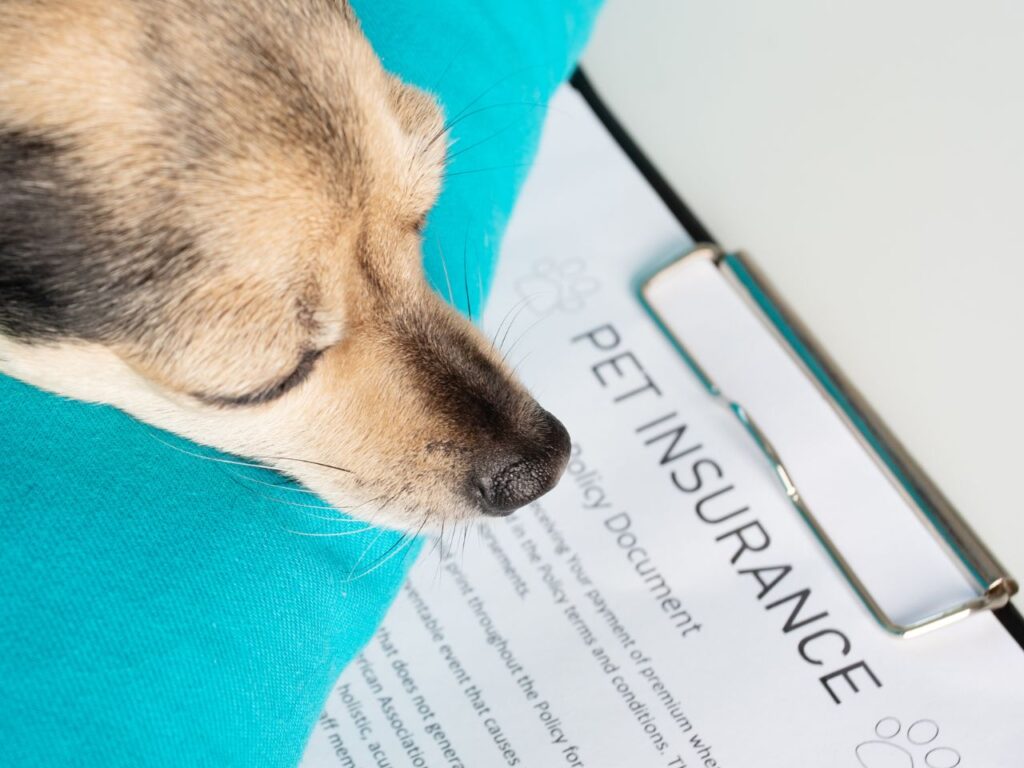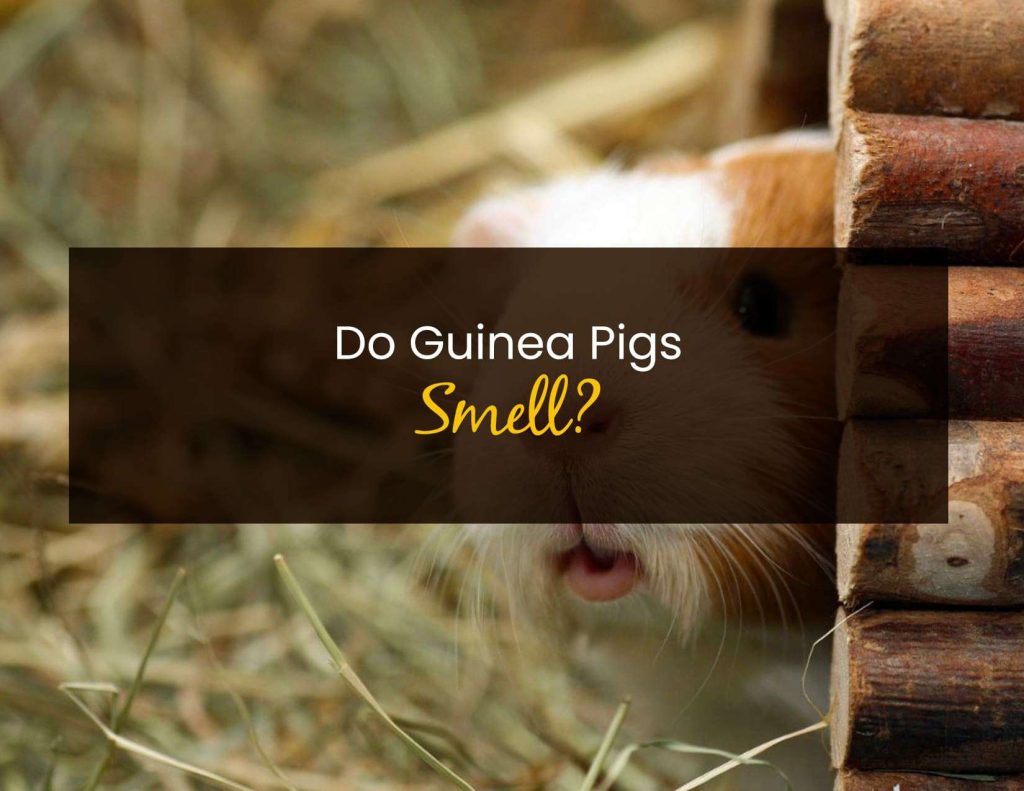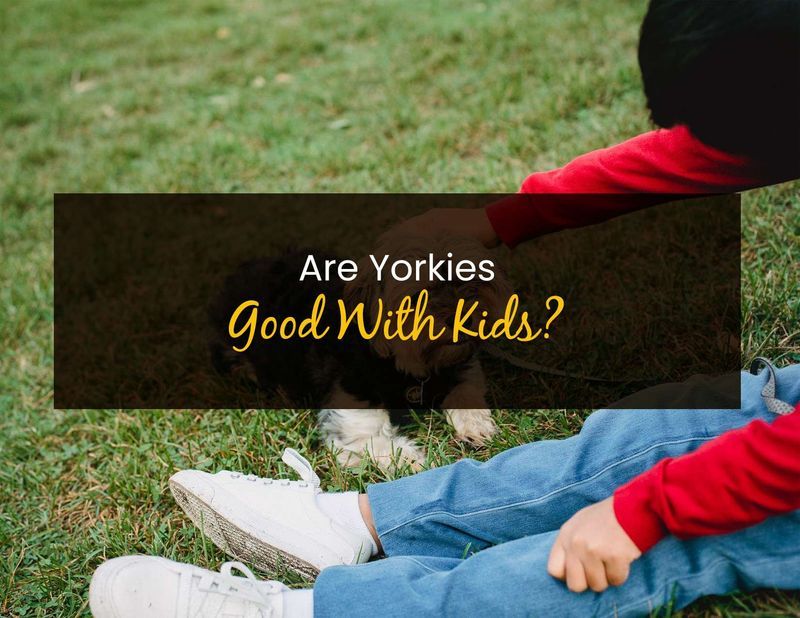Rabbits are interesting pets to own. They are small, cute and can even be kept in a hutch. However, you need to know how to take care of them properly to keep them alive.
If your pet rabbit just gave birth to baby bunnies, you need to keep an eye on them to ensure they are well fed and warm to keep them alive. However, in some unfortunate circumstances, the baby rabbits can die. So, how do you tell that the bunnies are dead?
This article will show you the things you should check for if your baby rabbits all of a sudden stop moving or eating and exhibit signs of death.
Telltale Signs of Dead Baby Rabbits
How Does A Live Baby Rabbit Look Like?

Before you can tell that a baby rabbit is dead, you must know how it looks like, or its behavior when it is alive.
The first thing you have to look at are the baby rabbits’ eyes. When they are alive, their eyes should be sparkling clean and alert. However, when they are dead, it would show that the mucus is cloudy and there are no signs of life in them.
Also, check if it is breathing by putting your hand on its chest or on its belly. A living baby rabbit would not only have a steady, but also a very rapid heartbeat.
When it is moving around as well as feeling warm to the touch, you can know that your baby rabbits are alive and safe from harm.
However, if there is no breathing or heartbeat for some reason, your baby rabbits could be dead.
Death Signs
Now that you already know how your baby rabbits should look like when alive, how about if they are dead?
If you are worried that your baby rabbits may be dead, here are the signs to guide you to be certain.
- Cold to Touch
Recently born baby bunnies have a very high body temperature which makes them warm to touch and easy to check for a pulse. If they are not warm to touch anymore then they are dead.
- No Response
When you touch the bunny, if it is breathing, it will be moving automatically to get more comfortable or push your hand away. This means that if they are still for a long time and do not respond to the touch, they might be dead. If they look alive but are not moving, check their floppy ears and closed eyes to be sure that the bunnies are dead.
- No Heart Beat/ Breathing
One of the major signs that your baby rabbits are dead is if they stop breathing. If your bunnies all of a sudden stop moving, the first thing you need to do is check them for a heartbeat or breathing. Hold them up to your ear with their nose facing you, feel if they are still breathing or not.
If you put your ear on the bunny’s chest and hear no heartbeat (or feel none), then they are probably dead.
- Sunken Eyes
Their eyes will sink into their head; this is because the muscles that hold the eye in place stop working after death. However, this sign is not always appearing as the eyes may be closed before death.
- Discoloration
Areas of discoloration appear around the mouth, this is because the blood moves away from the area after death.
- Severe Dehydration
Even if you were feeding them before they died, their skin will look wrinkly and dry due to severe dehydration. This is because death stops the kidneys working, which produces urine to dissolve excess salts in the body. If this happens, there will be salt crystals around their mouth and nose; if you see this, your bunnies are most likely dead.
- Swollen Feet or Head
Sometimes, dead baby rabbits can swell up. This is particularly apparent around the eyes, feet, and tail due to a buildup of gas from the micro-organisms in their gut.
How to Tell If Baby Rabbits Are Dead By Looking At the Mother Rabbit

When you leave your pet female rabbit alone after it gives birth, you need to know how to take care of its babies and whether it has accepted them as one of its own or not. The mother’s behavior will play a big role in determining whether the bunnies are alive or not.
First, check the mother’s behavior to see if it is caring for the baby rabbits. If they are alive, the mother rabbits would usually lick the babies with love and care to help them grow healthy and strong.
Unfortunately, when the baby rabbits are dead, you can notice that there is no more licking or movement of any kind in its behavior.
Besides, if she chews or tries to get into the nesting box where her babies are kept to help them grow strong and healthy, you can know that they are alive.
Additionally, when your baby bunnies are alive and well, a mother rabbit would always pay attention to its nest or hutch. However, if it is in a state of panic, running around the hutch frantically, you can know that something is wrong with its babies.
Checking for signs of life is very crucial, especially for baby rabbits that are born early or weak. If the mother rabbit notices that they are not moving at all, she will pay less attention to them instead of trying to save their lives.
How to Resuscitate Baby Bunnies
If the baby bunnies are almost dying, you may want to do something to keep them alive. Here is how you can resuscitate them:
- Get a soft cloth and wet it in warm water (without soap or shampoo!) then dry the baby bunnies with the cloth gently. This will take away any stuffiness in their nose and make breathing easier.
- Make sure they do not need to be warmed up (see above) since this will make their deaths more likely.
- If the bunnies are cold, but not breathing in a way that is deteriorating, you can hold them with their head resting on your hand in between your thumb and forefinger. Slowly lower them to your chest so they are close to your heart, then after 5 seconds raise them back to your hands. Do this 8 times max, then stop and wait for 15 minutes before doing it again.
- If they are still not moving, you can try to stimulate them a bit with a drop of water on their nose or a gentle rub.
- Check the kit’s mouth and nose – there should be no dirt or mucus blocking their breathing path. If they have something in their mouth, remove it carefully with tweezers that have been sterilized by boiling them or by soaking them in rubbing alcohol.
If you still cannot get a heartbeat from the bunnies after trying out all of these tricks, please take it to an experienced wildlife rescue center – they will be able to help them better than home remedies can.
But above all, make sure the baby bunnies are receiving proper care and love. They need to be kept warm, fed, and their cage has to be kept clean!
What Causes Sudden Death of Baby Rabbits
While death may occur naturally among baby rabbits, there are many reasons why it can happen. However, you should eliminate as many possible causes as you can to ensure that you keep all baby bunnies safe and well. Below are the major causes of death:
Cold Weather
Cold days and nights may cause the baby rabbits to die of hypothermia (when their body temperature becomes too low). If you can keep them warm, this will help your baby bunnies avoid sudden death. If your baby rabbits appear to be cold and lethargic, you should provide a warm environment for them.
Predation
Predators like cats, dogs, snakes, foxes, crows, or humans can sometimes attack the nest, babies and mother rabbit. This will lead to their death or injuries. If you are lucky enough to save them, they may require extensive medical treatment.
Diseases
Some rabbit diseases, like myxomatosis and snuffles (viral respiratory infections) can lead to sudden death amongst baby rabbits, especially if they are not vaccinated. If you suspect that the mother rabbit is sick, do not allow her to nurse the baby bunnies.
Humans may also carry some viruses that are dangerous for baby rabbits – especially if you have been handling chemicals or visiting places where there is a high risk of infection. Ensure that any tools you use on your lawn or garden are not used on your baby rabbits’ enclosure.
Lactation Failure
The mother rabbit may not be able to produce enough milk for the babies (or she returns too late), causing starvation, and death of the kits. If this happens, it is good to know that you can feed them with special pet formula or kitten replacement milk.
Malnutrition
In the absence of breastfeeding, baby rabbits are also susceptible to malnutrition, which can lead to sudden death. This is why it is important for mother rabbit to nurse her babies. Make sure she has access to good food, especially green grass or clover leaves.
Injuries
Baby rabbits are more likely to be injured when the mother is away. If they are left out in the wild, they can be bitten by other animals or even killed by predators.
If the female rabbit returns after being away for longer than 24 hours, it may be best to protect them from the mother’s teeth and claws. This will help prevent injury to both you and your pet bunny. it is also a good idea to take them to a vet immediately.
If you have more than one baby rabbit but only some of them are starting to show signs of illness or injury – it is best to isolate the other healthy ones to prevent them from catching whatever killed or is ailing their siblings.
How to Take Care of Baby Rabbits to Avoid Death

If you have had unfortunate instances of baby rabbits dying, you may want to take extra caution the next time your pet rabbit gives birth. Here is how to take care of baby rabbits to keep them alive:
- Make sure your pet rabbit has a clean, safe place to give birth.
- Check the nest often to make sure that it is in good condition, with enough food and water.
- Baby rabbits should be weaned at six weeks, and can eat grass and carrots to start with. They will also need a synthetic vitamin-mineral powder or rabbit milk replacement formula – which you can get from your vet or pet store.
- Do not feed them too much food – this can lead to digestive problems and even death.
- You should also protect them from other rabbits, cats, dogs, and humans carrying viruses or bacteria that can harm them.
- If baby rabbits appear to be ‘cold’ and lethargic, it is a good idea to warm them up with a hot water bottle wrapped in a towel.
- When you are not there, the mother should have her own private area where she can nurse her young without interruption.
- Make sure the environment in which you are keeping your baby rabbits has not become too cold or hot; they should be kept in temperatures between 10°c and 25°c at all times.
- It is best to wait outside the enclosure until the baby rabbits are at least two weeks old before you try to touch them – just to make sure they are well-adjusted to their environment.
- Make sure that any houseplants near your baby rabbits’ enclosure are safe for them to eat – most houseplants are poisonous to rabbits, and if they eat them, it can make their digestive system stop working.
Conclusion
Just like any other infant pet, baby rabbits are very delicate, so you must always treat them with the utmost care and compassion. This article has discussed how to tell if baby rabbits are dead, how to resuscitate them and nurse them back to health, and other bunny related issues.
The most important thing to do is take care of your rabbits so they are healthy and happy. The best way to do this is by following all of the steps in this article, including finding a suitable nesting area for them, nursing them back to health if necessary, taking care of your home environment so baby rabbits are safe from injury or illness, and proper feeding.
Have fun raising pet rabbits!










